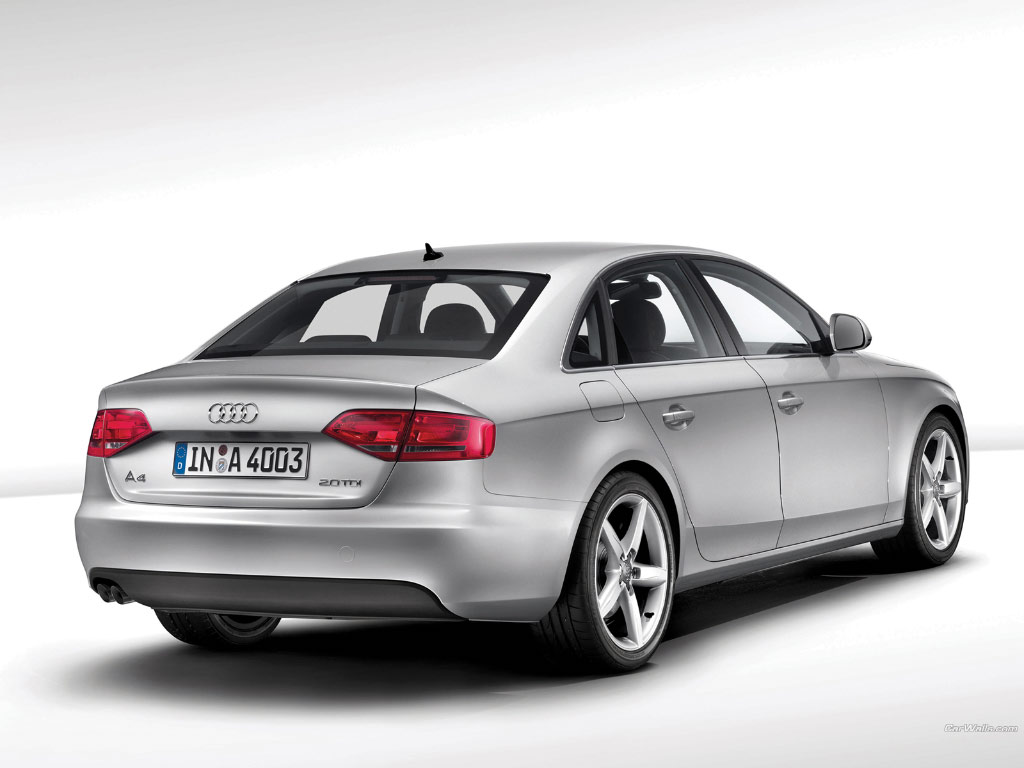2013 Audi Q5
2013 Audi Q5
2013 Audi Q5
2013 Audi Q5
In a crossover that weighs less than 2,000 kilograms (and just 130 kg more than the regular Q5), this delivers great performance and surprising fuel economy, with Audi saying the vehicle achieves a European test cycle average of 7.0 litres per 100 km.
The electric side gets its power from a 1.3-kWh battery that operates at 266 volts. It sits in the spare tire well where it does not eat into the usable trunk space - at 29.1 cubic feet with the seats up and 57.3 cu. ft. when folded flat, the Hybrid has the same capacity as its gas-only sibling. The battery relies on regenerative braking to keep it topped up. Down the road, a plug-in derivative will be added.
The net result is a system that is exceptionally well integrated. During the test drive, the system remained invisible to me as it switched between electric, gas and gas/electric modes. Unlike so many hybrids, the gas engine comes to life without the usual stumbling hiccup. Even the idle stop function is seamless - the main electric motor spins the engine to life and matches its rpm with the rest of the system. Likewise, the regenerative braking is effective and, unlike so many hybrids, it boasts some true brake pedal feel.
The net result is a system that is exceptionally well integrated. During the test drive, the system remained invisible to me as it switched between electric, gas and gas/electric modes. Unlike so many hybrids, the gas engine comes to life without the usual stumbling hiccup. Even the idle stop function is seamless - the main electric motor spins the engine to life and matches its rpm with the rest of the system. Likewise, the regenerative braking is effective and, unlike so many hybrids, it boasts some true brake pedal feel.



